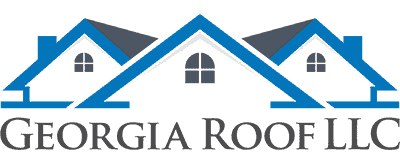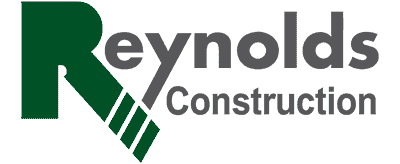The Affordable Dumpster Rental in Saluda You Can Trust
Find budget-friendly dumpster rental in Saluda without sacrificing reliability or service quality. Waste Removal USA provides economical waste solutions throughout the area with transparent pricing that includes delivery, pickup and standard disposal allowances. Contact our friendly representatives today at 804-451-4120 to discuss cost-effective options for your specific needs, or secure your ideal container instantly with our convenient online dumpster rental quote system.
High-Value Dumpsters Without the High Price
- Our streamlined operational model eliminates unnecessary costs without compromising service quality
- Strategic container sizing ensures maximum capacity utilization without paying for unused space
- Transparent pricing structure presents complete costs upfront without hidden fees or surprises
- Efficient delivery coordination minimizes non-productive rental periods during project planning
The Best Roll-Off Dumpsters for Business & Commercial Renovations
Effective business transformations begin with waste management solutions that enhance rather than hinder renovation efficiency. Waste Removal USA delivers strategically positioned containers that establish organized debris protocols while optimizing contractor workflow. Our commercial specialists coordinate container services around construction milestones, ensuring continuous capacity without disruptions or unsightly overflow situations.
Dumpster Sizes
*actual dimensions may vary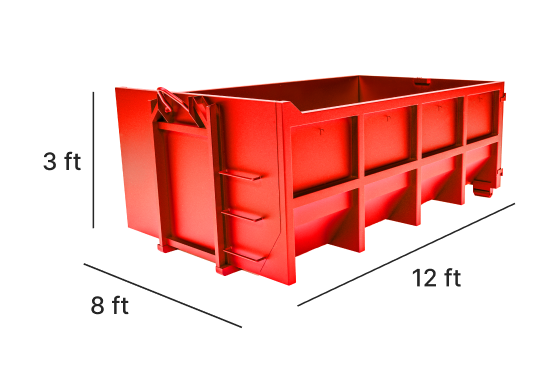
10-YARD DUMPSTER
10 yard dumpsters can hold about 3 pickup truck loads. Great for a spring cleaning like emptying your garage or basement.
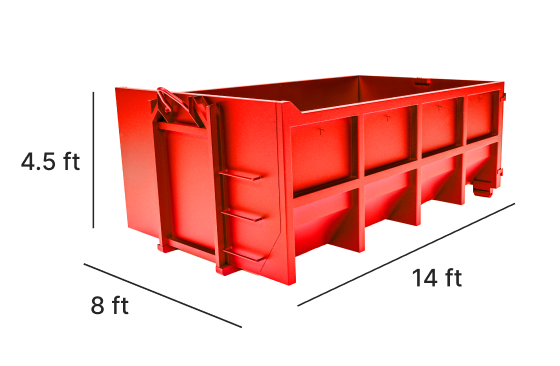
15-YARD DUMPSTER
15 yard dumpsters can hold about 4.5 pickup truck loads. Ideal for slightly larger garage or basement cleanouts.
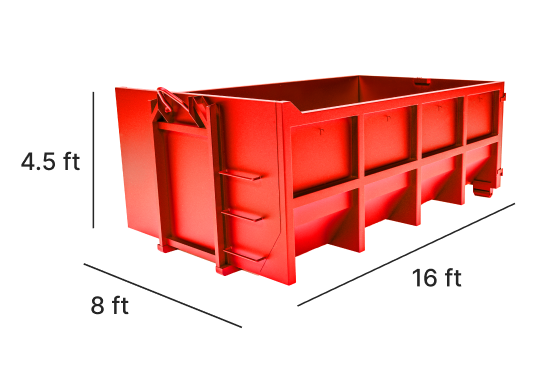
20-YARD DUMPSTER
20 yard dumpsters can hold about 6 pickup truck loads. Great for those remodeling or re-shingling a roof.

30-YARD DUMPSTER
30 yard dumpsters can hold about 9 pickup truck loads. Equipped for medium construction projects.
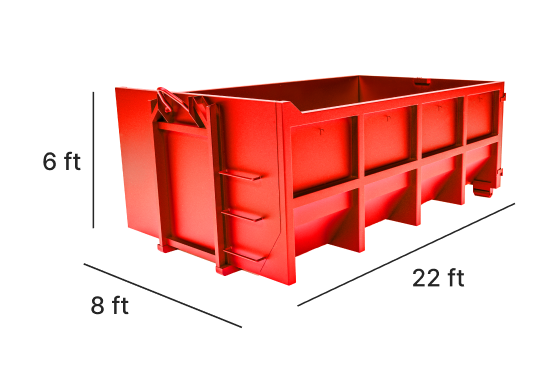
40-YARD DUMPSTER
40 yard dumpsters can hold about 12 pickup truck loads. The largest dumpster great for larger construction projects.
Get a Dumpster in Saluda – Keep Your Site Running Smoothly
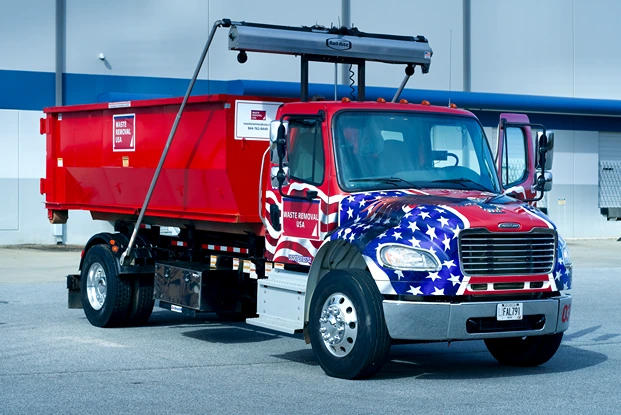
Image Credit: Rebekah Pruett Photography
Choosing the right construction dumpster is easy with our professional team. We even give you faster delivery in Saluda, whether you’re near the Middlesex County Museum or Urbanna Seafood Market & Raw Bar. You can have our team outfit your job site near Richmond and Yancey Mills, as well. Get your job site dumpster-ready in no time—call us today at 804-451-4120 .
Declutter Your Home Remodel Site with a Roll-Off Dumpster
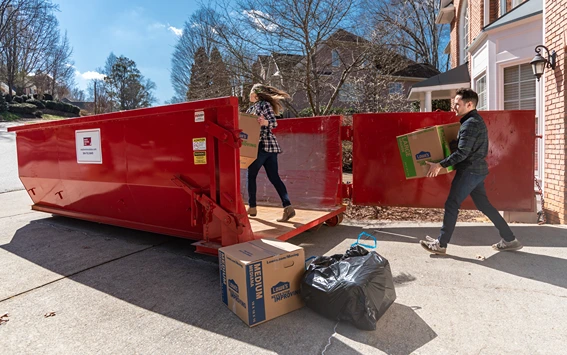
Image Credit: Rebekah Pruett Photography
Transform renovation chaos into methodical progress with Waste Removal USA. Our strategic decluttering container placement creates clear workflow patterns that prevent dangerous debris buildup. Contractors finish projects faster while homeowners maintain livable spaces throughout disruptive renovations.
Get the Right Dumpster in Saluda for Your Next Big Cleanup
Saluda renovators discover waste management simplified. Waste Removal USA navigates the area’s historic properties and narrow access points with specialized equipment where competitors refuse service. Call our Saluda team at 804-451-4120 for same-day delivery, send us an email at sales@wasteremovalusa.com, or book instantly through our streamlined system designed specifically for local properties. No complicated contracts – just reliable service every time.
Dumpster Rental Options at Waste Removal USA
Give us a call and we will set you up with the right dumpster for the job in your local area
Residential
Residential roll off dumpsters are great for household clean outs or clean-ups, yard debris removal and general junk removal.
Construction
Roll off dumpsters for residential & commercial construction debris are perfect for any home renovation job.
Yard Waste
If you are doing yardwork and need a roll off container for yard waste in & around your local area, we have you covered.
Concrete
Order a 10 yard or 20 yard roll off dumpsters for either "clean" concrete or "clean" dirt loads.
Roofing
Just as the name implies, roofing dumpster rentals are used for shingles and sheathing only.
Dumpster Size Comparison
|
Size |
Typical Dumpster Dimensions |
Estimated Capacity* |
|---|---|---|
|
14' long x 8' wide x 3.5' high |
3 pickup truck loads |
|
|
16' long x 8' wide x 4' high |
4.5 pickup truck loads |
|
|
20' long x 8' wide x 4' high |
6 pickup truck loads |
|
|
22' long x 8' wide x 6' high |
9 pickup truck loads |
|
|
22' long x 8' wide x 8' high |
12 pickup truck loads |
Read What Our Customers Are Saying
FAQ About Dumpster Rental Scheduling in Saluda, VA
Can I use a residential dumpster for mixed household debris?
Yes, standard residential containers are specifically designed for mixed household materials including furniture, appliances (non-refrigerant), general household goods, clothing, and non-hazardous kitchen items. These containers provide the most flexible disposal option for home cleanouts, accepting approximately 90% of typical household contents without sorting requirements.
Some providers offer special “household cleanout” pricing packages with more generous weight allowances compared to construction-specific containers. The most common size for mixed household debris is 15-yards, balancing adequate capacity with reasonable access requirements for residential properties. Keep prohibited items separate (electronics, paints, chemicals, batteries) as these require specialized disposal channels rather than standard mixed-debris containers.
Are there weight restrictions on mixed materials in a 20-yard dumpster?
Yes, 20-yard containers typically implement weight restrictions between 4-6 tons (8,000-12,000 pounds) for mixed materials depending on local transportation regulations and provider equipment specifications. These limits reflect both safety requirements and road weight restrictions rather than container structural limitations.
Providers estimate mixed household materials average 350-500 pounds per cubic yard, meaning a fully loaded 20-yard container typically contains 7,000-10,000 pounds of general debris (approaching but not exceeding weight limits). Exceeding weight restrictions incurs substantial overage fees averaging $75-125 per ton above allowance. Consider 30-yard containers for materials with higher density components while maintaining similar weight restrictions but distributing weight across larger floor areas for improved transportation stability.
How do I avoid overloading a dirt dumpster?
Keep excavated soil at 70-75% of visual container capacity rather than filling to the container rim, as soil weight exceeds most other materials by 3-4 times per volume unit. Distribute material evenly across container floor rather than creating concentrated piles, maintaining relatively level loading profiles throughout filling process.
Remove larger rocks, substantial root systems, and debris before loading as these materials displace soil while adding minimal weight benefit. For wet soil specifically, reduce loading to approximately 60-65% of visual capacity as moisture content significantly increases weight without changing apparent volume. Consider ordering slightly larger containers than initially estimated volume calculations suggest, as soil compaction during excavation often leads to substantially greater volume when loaded into containers.
Can basement water damage materials go in a standard dumpster?
Yes, water-damaged building materials including drywall, insulation, flooring, and furnishings can be placed in standard basement containers without special handling requirements once bulk water has drained. These materials classify as general construction debris rather than hazardous waste regardless of water exposure duration or contamination level.
Allow heavily saturated materials to drain for 12-24 hours before loading when possible, reducing weight and preventing container floor pooling. For materials containing suspected microbial growth (mold), no special disposal requirements exist for residential quantities, though some municipalities recommend basic containment (plastic bags/sheeting) during transportation to prevent spore dispersal. For flood-related basement cleanouts, many providers offer specialized “flood response” containers with reinforced floors accommodating the substantial weight of saturated materials.
Is a roofing dumpster considered construction debris?
Yes, roofing materials classify as standard construction debris without specialized classification or handling requirements. Most providers include roofing materials within their general construction debris category alongside drywall, lumber, and similar building materials, though they often implement specific loading guidelines addressing the substantial density differences.
Roofing-specific containers frequently feature modified dimensions (lower walls, reinforced floors) optimizing weight distribution while maintaining transportation safety requirements. These specialized containers typically accommodate 85-95 squares (8,500-9,500 square feet) of standard asphalt shingle roofing materials when efficiently loaded. Unlike some construction materials with recycling potential (concrete, metal, clean wood), most asphalt roofing currently lacks cost-effective recycling channels in many regions, though this is changing in metropolitan areas.
Can I mix subfloor and finished flooring in the same dumpster?
Yes, subfloor materials (plywood, oriented strand board, particle board) can be mixed with finished flooring (hardwood, laminate, vinyl, tile) in standard construction containers without separation requirements. This approach provides significant efficiency advantages during comprehensive flooring renovation projects by eliminating multiple container requirements.
When mixing materials, place heavier components (tile, concrete board) on container floor with lighter materials (wood, laminate) in upper layers optimizing weight distribution. For projects involving treated plywood subfloors, these remain acceptable in mixed loads despite treatment chemicals, as residential quantities fall below regulated thresholds. Some providers offer flooring-specific containers with lower side walls facilitating easier loading while maintaining appropriate floor dimensions for efficient material placement.
Find Location
Preparing for Dumpster Delivery
Our Service Area in Saluda
Customer Reviews
Hours
Monday - Friday8:00AM - 5:30PM
